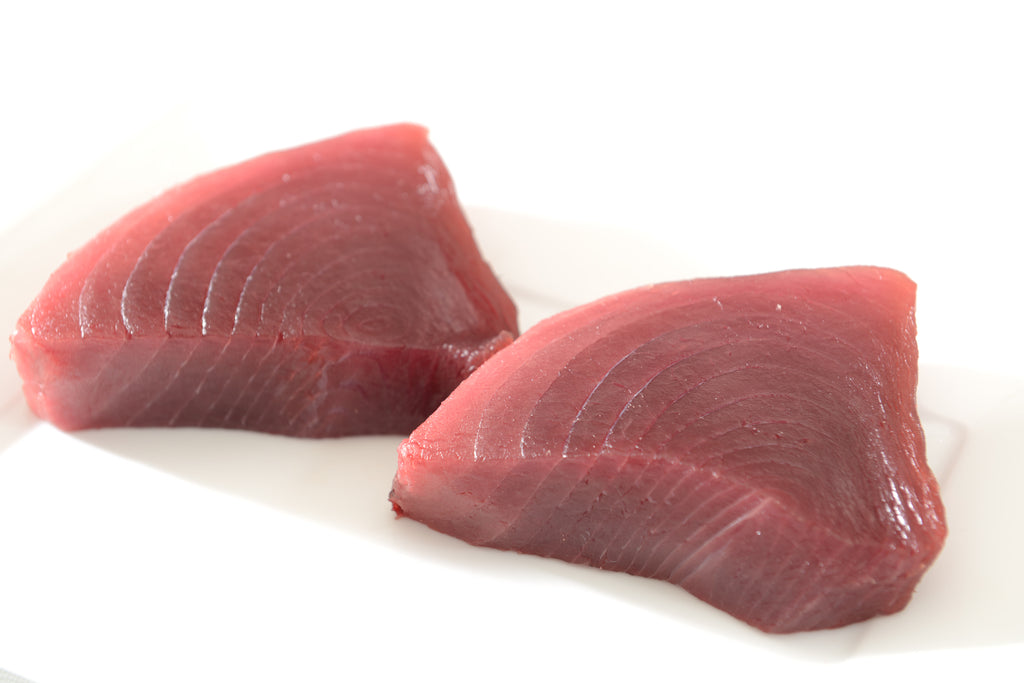Would you call me crazy if I said fish consumed the day it’s caught might be some of the blandest and toughest you’ll ever eat?
What if I told you that fish properly harvested and held ice cold in a boat—for several days—is what you want? Would you brand me the Heretic of Honolulu Fish? After all, doesn’t everyone want fish that “swam yesterday”?
Wrong. Totally wrong.
Believe me when I say that the best fish you’ll ever eat has a little age on it, yet so few know this valuable truth. Let’s turn to the Japanese for their expertise in this area.
Hardcore sashimi chefs understand that muscle tissue of just-caught fish is in rigor mortis and overly firm. Until a series of enzymatic reactions allow the cell walls in the fish’s muscles to break down, the flavors we all attribute to perfect sashimi can’t be released.
The Japanese describe this condition as konnyaku, loosely translated as “too fresh” or “red and jelly-like” because the flesh is brightly colored and almost glassy. Since such super-fresh fish is slightly rubbery and has zero flavor, the pros who grade it won’t judge it until it’s been iced at least 24 hours, and ideally three days.

At that point, as a fish’s cell walls are breaking down and releasing some water, the meat begins to firm up in a favorably, toothsome way. That change also releases oils that create the unrivaled flavors, textures and aromas craved by all sashimi fans.
Now, let’s head out to sea to understand why fish caught via long-line harvesting and fish caught on rod and reel differ profoundly. As we’ve all seen on TV—and maybe even experienced personally—a fish hooked by a human using a rod and reel will fight to its death. There’s nothing subtle about its will to get off that hook to live another day, so when it’s hauled aboard, it’s exhausted and its muscles are teeming with lactic acid. If that fish isn’t bled out properly, that acid stays in its muscles and “burns” the meat, meaning the flesh is grainy, metallic-tasting and discolored. That fish also has zero shelf life and could begin turning black within a day.
By comparison, fish caught on a long line endures far less stress. Fully deployed, a long line stretches out about 12 miles and features about 2,500 baited hooks. When a fish bites the hook, it’ll fight to get off, but since there’s no one topside trying to pull it in, its panic ceases and the lactic acid created in that initial resistance is reabsorbed. When pulled aboard, the fish is in a somewhat dazed and relaxed condition and not struggling. Properly bled, water-cooled and stored in ice-cold conditions, the fish is now in optimal conditions for aging.
That, my friends, is the fish you want, one which has passed rigor mortis, is self-tenderizing, incredibly flavorful and at the true peak of freshness!




